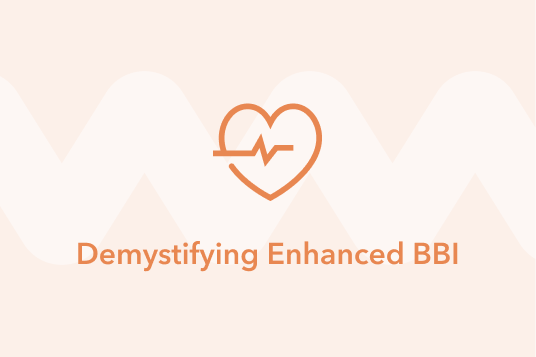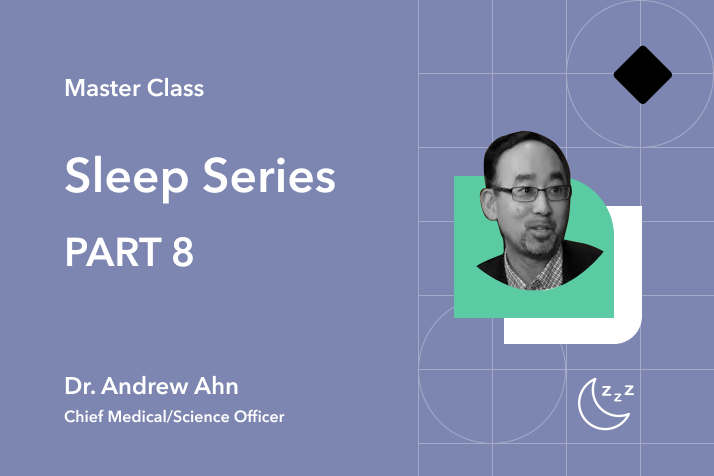A research platform optimized for results
We make research more manageable with easy project setup, real-time adherence tracking, and downloadable data files. The participant experience features effortless data upload and task monitoring via a user-friendly app.
.avif)
![research platform optimized image]](https://cdn.prod.website-files.com/6278ae5152bcdb01544f105a/636d36bd51e53a792dd8e3e3_how%20it%20works%20(1).avif)
How it works
Build your project by choosing the type of data you want to collect
Whether your study needs detailed raw physiological data like ECG RR-interval, or aggregated steps, we have you covered. Include custom surveys and event markers, conveniently timestamped.

.svg)
Capture a broad range of granular data including sleep staging, steps and heart rate.
.svg)
.svg)
Surveys optimized for researchers with built-in scheduling, recurrence options, and reminders that correspond to participant tasks.
.webp)
.svg)
Add a new layer of insight to your data by knowing when your participants completed tasks and for how long.

Invite participants to join your project and collect data
Add participants to your project by distributing a unique invite code generated in Labfront to each one.
.svg)


.svg)
View collected data and track real-time participant adherence
See the data that participants are collecting. This allows you to take proactive measures like sending notifications when a participant has forgotten to complete tasks.


Download easily importable CSVs for your own analytics
Whether you use Matlab or SPSS, Labfront’s files are all timestamped and organized for easy analysis in your research.
.svg)
.svg)
High-resolution data capture to enhance your experiment
From lifestyle data like activity and step count to detailed beat-to-beat interval that helps you derive heart rate variability, we've got you covered.
.svg)
.svg)
.svg)
.svg)

.svg)
.svg)
.svg)
.svg)
.svg)
.svg)
.svg)
.svg)
.svg)
.svg)
.svg)
.svg)
.svg)
Frequently asked questions
We're here to help with any questions you have about how Labfront works. Don't hesitate to contact us at support@labfront.com.
.svg)
We recommend creating a free account first to test out the features of the platform. You can create a project and invite participants to join in minutes. Check out the full guide on getting started in our Help Center.
.svg)
Once you’ve selected a wearable from our list of compatible devices, you can purchase directly from Movesense or Garmin, or you can contact us via support@labfront.com and we’ll be happy to guide you through the buying process. You'll also be eligible for a device discount.
.svg)
There sure are! Our partnerships with Garmin and Movesense gives Labfront users access to select discounts. If you want to buy devices in bulk for a discount, please contact us at support@labfront.com. We also suggest taking a look at our Partner Perks page.
.svg)
Labfront is currently compatible with select Garmin, Movesense and Dexcom devices, but we plan to add more devices in the near future. Check our full list of compatible devices.
.svg)
Yes, participants will need either an Android or iOS smartphone to use the Labfront platform.
.svg)
You sure can! Take a look at a sample of our data here.
.svg)
In an effort to support researchers without in-house analytics expertise, we do offer data analytics plans at an additional cost. You can visit our analytics page or contact hello@labfront.com for more information on Labfront Analytics.

Turn data into insights with Labfront Analytics
Our team of data scientists will work with you to understand your needs and help get the most from your data with custom analytics.

Built to overcome the challenges of the digital age
.webp)
.svg)
Labfront adheres to ICH-GCP, HIPAA, SOC 1/2/3 and GDPR. We keep up to date with the regulations so you don’t have to.
.webp)
.svg)
Unlike big-tech, we believe in data privacy. You control your data. We will never sell your data, ever. Period.
.webp)
.svg)
Labfront is built with the best practices in security in mind. Features like secure encryption that protects your data both at rest and in transit are tablestakes.

.webp)
.svg)
.svg)




.svg)


.webp)





.svg)